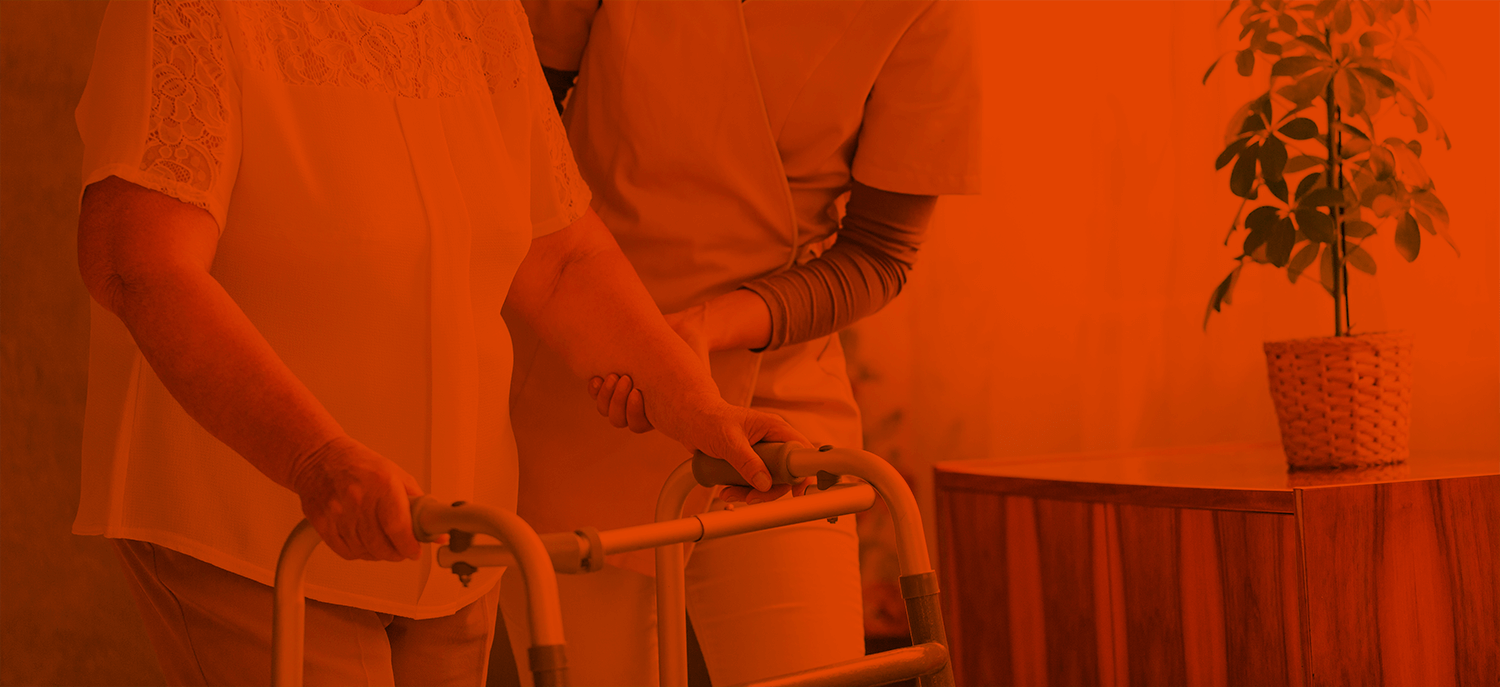
How Building Management Systems for Senior Living Facilities can Improve Care & Service
A full building management system (or BMS) connects everything from heating, ventilating, and air conditioning (HVAC) and lighting in order to place a single overarching system in charge of building functionality. A BMS based on the cloud and the Internet of Things (IoT) represents the future for all kinds of buildings ranging from residential to large commercial properties.
The applications that get the most public attention tend to be in homes, where smart home systems are essentially a BMS for private residences. Some of the latest smart home industry projections on Businesswire suggest this space alone will account for $135.3 billion worth of business by 2025. Meanwhile, innovation and application of BMS concepts in commercial properties is on a similar trajectory, if not an even more rapid one.
When building professionals apply an IoT-based BMS for senior living facilities — buildings that technically classify as commercial but have long-term residents occupying them — occupants and staff alike will benefit. In such facilities, care of all kinds is typically left up to hard-working staff and on-site nurses, who are often stretched too thin to the point that there is a notorious shortage of nurses and healthcare professionals nationwide. A building management system for senior living facilities can go a long way toward improving care and service for residents without over-stretching staff.
Applied properly, this system can improve care and service for those living and working in this building type by enhancing indoor air quality (IAQ), improving comfort, cutting energy costs, and ensuring a future-proof building. All of this simplifies work for care staff and on-site health professionals and improves quality of life for senior residents.
Improving comfort
A BMS fueled by zone-specific data, weather forecasts and machine learning can vastly improve temperature and comfort among seniors in care facilities. These types of systems can not only monitor and maintain even temperatures throughout a building, they can also adjust them according to occupant preference — ensuring that seniors who tend to run cold or hot are all comfortable.
Senior living facility staff members are often preoccupied with multiple tasks at once when various issues arise and may not have the hands or time to fix comfort-related problems right away. While maintaining zone-specific comfort sounds high maintenance, this is where automation is particularly helpful. A BMS with zone-by-zone adjustment capabilities and remote access via a portal can run in the background, significantly decreasing the likelihood that a problem will go unaddressed while staff members are too busy.
Monitoring indoor air quality
National attention turned toward senior living facilities during the COVID-19 pandemic due to the significant risk of infection that elders face there. While vaccines are now widely available, indoor air quality remains a crucial consideration in senior care as experts continue to learn how particular illnesses spread.
As a baseline, a capable BMS should be able to recognize poor indoor air quality indicators such as high levels of CO2 and excessive volatile organic compounds (VOCs), which come from everyday sources including disinfectants and paint. When your BMS detects signs of unhealthy air, it will automatically adjust by allowing more fresh air into the building to restore healthy indoor conditions.
This feature is a strong asset during a pandemic or even a particularly bad flu season. The Centers for Disease Control and Prevention (CDC) recommends building owners increase fresh air ratios indoors to dilute the viral load and lower the risk of infections during a pandemic. An IoT-based BMS can automate this process to CDC standards, reducing the risk both of illness and of other practical issues such as HVAC equipment damage.
Reducing facility problems & improving ease of use
A modern BMS will be able to monitor equipment and alert facility managers to any age- or damage-related problems, sometimes before these issues even arise. This visibility and head start on equipment problems is an advantage for often-busy senior living facility staff.
Your BMS should also come equipped with an intuitive user portal, from which facility managers will be able to access all available building data including indoor air quality, zone temperatures, and system alerts. BMS users can also make building- or portfolio-wide adjustments, such as set points, vacation modes or setback temperatures.
Saving energy
According to this 2014 piece on building energy efficiency from a Purdue University PhD and National Renewable Energy Laboratory engineer, buildings use 40% of the U.S.' primary energy. Furthermore, the piece points out that building growth is occurring more rapidly than energy savings. Commercial buildings use a lot of energy, and senior living facilities are no exception.
Because an IoT-based BMS for senior living facilities takes weather and zone-specific data into account when making its decisions, this system will save energy by dynamically using energy where it is needed. For example, a common area with windows facing the afternoon sun will need less heat than the other side of the facility, and your BMS should be smart enough to know this.
Systems like 75F save an average of 41.8% of HVAC energy use, a practicality both for sustainability and utility bills. Senior living facilities may be operating on fairly tight budgets, and the more they can save with efficient, automated energy management through a BMS, the more they'll be able to budget toward care and comfort.
Future-proofing facility management
Finally, there is something to be said for the idea that an effective building management system can future-proof a facility. By adopting automated, IoT-based systems managing multiple aspects of a building, senior living facilities can position themselves to continually update as the times change with over-the-air software updates. As a building type with occupants who would like to age in place, installing a future-proof system like 75F can equip facility managers with the technology needed to adapt and manage care throughout a tenant's time in the home.
All things considered, a BMS for senior living facilities has the potential to improve care in ways that are both subtle and comprehensive. This is the way of the future, and it is moving us closer to a world in which we can more easily provide the best care and comfort our seniors need.











